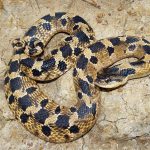Twin-spotted rattlesnake is a species of small-bodied venomous snake occurring in the United States and Mexico. The species is mainly diurnal. At present, there are two recognized subspecies of this species.
| Kingdom |
Animalia |
| Phylum |
Chordata |
| Subphylum |
Vertebrata |
| Class |
Reptilia |
| Order |
Squamata |
| Suborder |
Serpentes |
| Family |
Viperidae |
| Subfamily |
Crotalinae |
| Genus |
Crotalus |
| Scientific Name |
Crotalus pricei |
| Other Names |
Price’s Rattlesnake, Arizona Spotted Rattlesnake, Arizona Twin-spotted Rattlesnake, Spotted Rattlesnake |
| Length |
50 – 60 cm; largest recorded specimen measures 66cm |
| Color |
Gray, brownish-gray, bluish-gray, or medium to reddish-brown ground color generally with a pattern of fine brown small spots covered with two rows of dark uneven color patches running down the back |
| Distribution |
Southeastern Arizona in the united States, northern Mexico |
| Habitat |
Woodland, mixed conifer, spruce-fir forest, talus slopes, rocky outcrops |
| Diet |
Lizards, small rodents, birds |
| Venom Fact |
Venomous |
| Breeding Season |
Summer |
| Mode of Reproduction |
Viviparous (giving birth to live young) |
| Litter Size |
Up to 9 young |
| Average Lifespan |
Up to 15.7 years in captivity |
| IUCN Conservation Status |
Least Concern |
Twin-spotted Rattlesnake Pictures Gallery
-
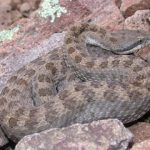
-
Images of Twin-spotted Rattlesnake
-
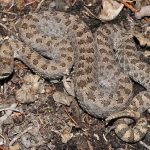
-
Twin Spotted Rattlesnake
-
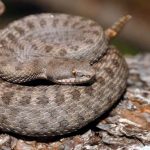
-
Twin-spotted Rattlesnake Images
-
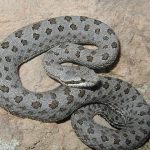
-
Twin-spotted Rattlesnakes
-
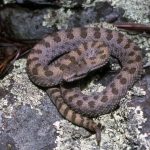
-
Crotalus Pricei
-
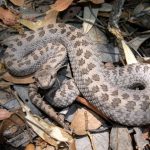
-
Pictures of Twin-spotted Rattlesnake
-
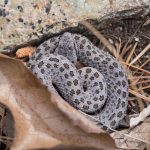
-
Twin-spotted Rattlesnake
-
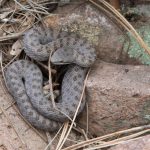
-
Western Twin-spotted Rattlesnake











